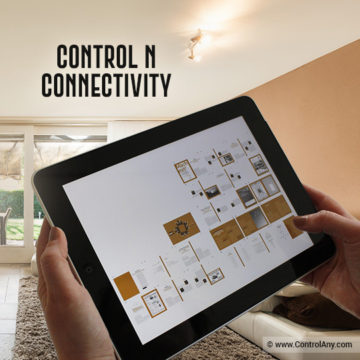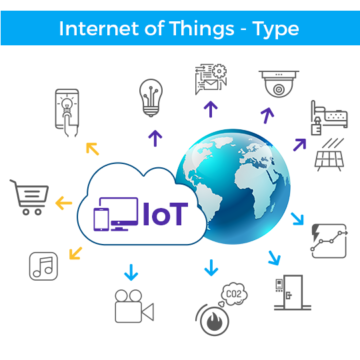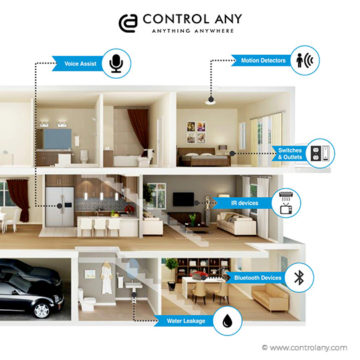-
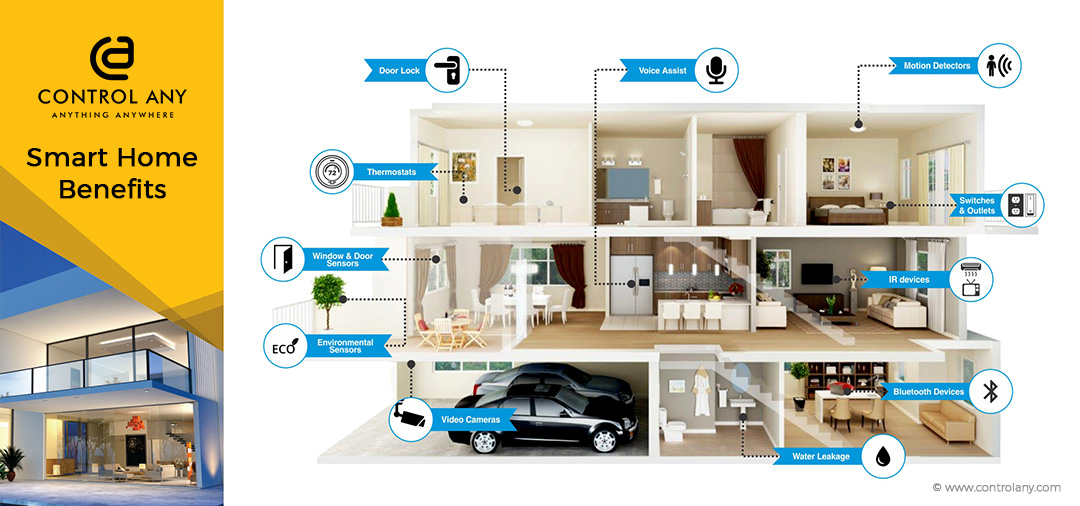
It’s hard to believe how far we’ve gone in terms of how technology has developed over the years. Corded landlines were the only way we could do voice calls back then, but now we have smart mobile phones with a myriad of features and computing power, more advanced than the computers that were used to fly men to the moon.
If you’ve been following the tech trends, you will notice that going ‘smart’ is the constant theme with many of the advanced consumer devices released in the market today. They focus on making specific tasks more convenient for users through the wonders of automation. And with their connection to a single network, they can be controlled remotely, giving rise to the futuristic smart home.
A smart home features an integrated technological system governed by an IoT solution that lets you be in control of automated tasks through smart devices regardless of where you are. The mere concept of a smart home is amazing in itself, but you’ll be blown away with all of the benefits that are in store for you if you actually live in one.
Total Control at Your Fingertips
Convenience is one of the biggest reasons why you would want to own and live in a smart home. All the smart devices installed in your home can be controlled remotely by a SmartHub as long as you are connected to the network. You can activate or turn them off if needed and you can be notified of their status in case you need to know.
Reinforced Safety and Security
A smart home is fitted with an advanced security system that includes cameras, motion sensors and an automated notification process for situations when an immediate response is needed from the police department or private security company. You can also have a key card or biometric scanner installed in place of standard locks to make it harder for crooks to break in.
Greater Accessibility
The elderly or disabled won’t have a tough time going about their business with greater accessibility through the voice command feature of smart homes. They will be able to control the lights, lock the doors, adjust the temperature or make calls. Automation allows people to set the desired schedule in activating smart devices to execute labor-intensive tasks on a regular basis.
Go Green
If you are dead set on protecting the environment, you will be able to turn your home ‘greener’ with a smart home system. You can use energy more efficiently by setting the lighting and thermostat to automatically switch off when a specific part of the house is empty. This feature will help you avoid leaving the lights or air conditioning on overnight, saving you from high electricity bills.
Better Appliance Functionality
A smart home can help run your appliances better through a Smart Switch: a smart TV will help you find better channels while setting optimum video and audio quality for the shows or films you watch, a smart oven will help cook your food to perfection, and a smart fridge can monitor the freshness of your produce. Ultimately, all your smart appliances that are connected to the network will improve their effectiveness through automation, making home life much easier.
A smart home takes advantage of automation through the Internet of Things. Combined with modern building techniques, it gives homeowners a whole new level of convenience through more advanced control. It will allow them to improve the quality of life and let them focus on more important matters. And now that we have the technology, it’s time to reap the benefits and have a taste of how it is to live in the future.
We’d love to hear from you!
Sign up for our latest blog posts and we’ll keep you updated. Oh, and we don’t spam.
-
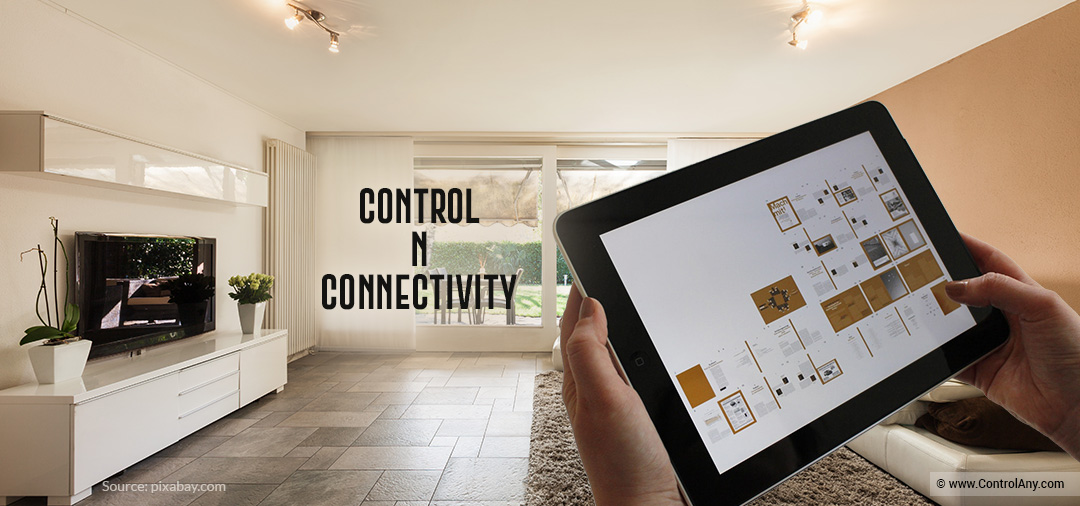
The concept of ‘Smart Home’ has picked up momentum in the last few years. Consumes are keen of improving their quality of lives through the usage of ‘Smart Home’ devices. With this trend, the market is flooded with several ‘Smart Home’ devices from different manufacturers. Control and Connectivity segment is boosting under this rising trend of Smart Homes.
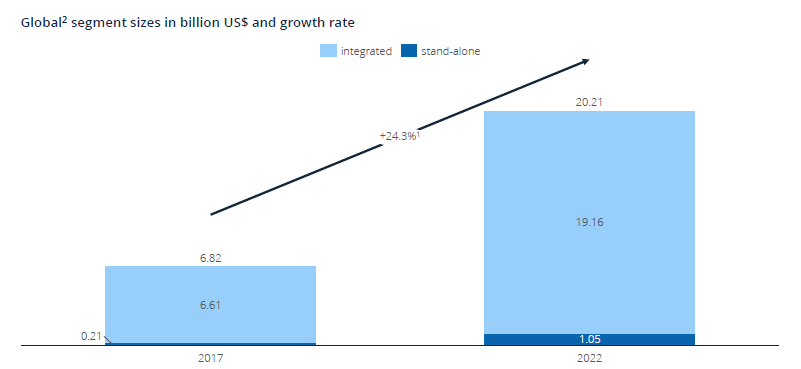
Image Source: Statista Survey
Market size
With global revenues of US$6.82 billion in 2017, the control and connectivity segment has emerged as the third largest segment in the Smart Home market. Considering the nature of devices and software/services available in the segment, it is observed that almost all revenue comes from integrated Smart Homes, where devices from at least two Smart Home segments are in use.
The three dominating regional markets United States, China and Europe together represent 83% of the world market. The regional revenue distribution in 2017 is led by the United States with revenues of US$3.37 billion, corresponding to a global market share of 49%, followed by Europe with US$1.66 billion (24%) and China with US$0.65 billion (10%).
Several companies dominate the market with respect to their individual products. When it comes to smart speakers, Amazon, Xiaomi and Google are the most relevant key players, who already have their devices on offer. Companies such as Apple or Lenovo (in cooperation with Harman) are about to enter the market.
In Europe, the UK is the largest market, followed by Germany and France. Companies in the UK, pioneered by Amazon, were able to equip their devices with the same assistants as in the U.S. (with only few adjustments), thanks to the shared language.In China, the market revenue is smaller due to lower prices per device for almost all products in this segment.
Key Benefit
The control and connectivity segment provides the infrastructure for the connection of Smart Home IoT (Internet of Things) devices. The products from this segment enable communication between devices as well as between humans and devices.
This segment includes smart speakers such as Amazon Echo or Google Home whose primary purpose within a Smart Home is to control other specific devices. Next to voice control, touch controlling devices such as control buttons (e.g. Logitech POP) and dedicated Smart Home panels are also included.
Up to date, most household devices are not yet smart by nature. The control and connectivity segment also provides smart sockets and plugs, which control the power supply of regular devices remotely or automatically by software/algorithms.
The central device of almost any Smart Home is a hub which is responsible for the centralized network where all IoT devices are connected. Thus, the customer can control multiple devices through one interface/software without having to switch technologies. This also allows Smart Home users to synchronize devices easily as all devices are connected to the central hub.
The control and connectivity of Smart Home includes the essential equipment (connected and remote-control devices) and services that are part of an intelligent home network. The segment includes smart speakers (Amazon Echo, Google Home, etc.), central control and communication units (hub/gateway), programmable control buttons (e.g. wall switches and adjustable dials) and smart plugs for the control of non-smart devices. Revenues are also generated from services that support these hardware elements such as control apps and connectivity services.
Conclusion
ControlAny is a leader in home automation arena and offers it unique IoT based products for comfortable and smart living. ControlAny has its own kind of products that deals with the main concept of connect and control. BEAK helps to connect all the IR based appliances and control them through ControlAny App.
Know the prospects of smart home in detail, request for a free quote now!
We’d love to hear from you!
Sign up for our latest blog posts and we’ll keep you updated. Oh, and we don’t spam.
-

According to Forbes, the internet of things is the idea of connecting devices to each other or the Internet. Consider your smart home devices that work only when your phone is nearby or a light that switches on if any movement takes place around it. These are all examples of IoT.
There are security concerns related to IoT that sprung up when a cyber-attack on a power grid in western Ukraine took it down last year. Additionally, a wave of uncertainty and shock hit the globe when people realized that self-driving cars could be hacked. These incidences raise several questions on the safety and security of IoT.
However, these fears haven’t stopped companies from progressing down this road. If anything, they have increased their expenditure in not just combating these incidences, but also improving the technology further.
As it stands today, there is immense fragmentation in the IoT industry. This could no longer be in the case in 2018. More integrated IoT solutions are likely to come into the market this year that foster interoperability between devices by becoming part of open platforms or ecosystems to provide services depending on data generated from different sources and devices.
This trend of increased IoT value has caused companies to sit up and take notice. Even companies that wouldn’t jump into new trends are realizing the impact of AI and IoT. It is because of this that they are scrambling to hire experts who have taken an AI course. These AI engineers can help reduce their overheads and raise profit margins.Smart cities and smart homes are two main areas that will focus on IoT. Due to the requirement for higher bandwidth in the smart home department to allow any IoT technology to work, there could be an upsurge in demand for mesh-like products which operate over a simpler network.
IoT growth combined with other systems and devices produce a bulk of data that need AI to develop insights from data.
Integrating AI into IoT
Artificial intelligence has begun to make its place in IoT. One of the biggest examples of IoT devices is self-driving cars, and these cars that have limited autopilot capabilities like the Tesla are machine learning based. Skilled programming enables the makings of a self-driving car that understands the rules of the road, which efficiently manages all obstacles. However, these cars have shortcomings. Programmers have not been able to program for every possible variable which occurs when other drivers are introduced into the mix.
Therefore, AI is important in IoT. Now, a Tesla car gathers data in real time of other Tesla cars present on the road. The introduction of any new variable becomes easy to learn and share with other connected cars, securing autopilot mode for Tesla drivers.
IoT, AI, and Big Data
Big Data, simply put, refers to the term given to large datasets. Data can be of any type of data, from medical data that hospitals provide to usage data from IoT based devices and everything that comes in between. Big Data helps industry leaders understand growing sales trends and customer behavior patterns to make improvements in existing services or products that further result in higher sales.
The use of predictive algorithms helps computers perform better data analysis and make predictions. However, a limited processing power prevents them from learning. Though a traditional computer can process thousands of data bytes, AI-powered computers can process large amounts of data, analyze trends, and provide results according to those trends.
Machine learning is in its growing stage. Therefore, it is not the perfect solution. In fact, machine learning came into the spotlight recently for all the wrong reasons. When Microsoft applied a version of its AI program to a Twitter account, Twitter trolls turned it into a racist mimic that resulted in the delivery of offensive messages to others. A well-regulated AI system becomes a valuable tool for the IoT industry. The two run parallel and their combination can remodel existing models while revamping industries by accurately predicting trends in the existing market.
Consider a business that merchandises in wearable technology that uses AI to predict what type of devices will sell in the next year. The right insights can help understand what a customer looks for, and what trend is going on, which will help companies make more money.
Bottom line: IoT combined with AI could decrease product inventory, which in turn could increase profits. The proper regulation of the system would allow machine learning to change the way we perceive things and is already changing we use devices.
We’d love to hear from you!
Sign up for our latest blog posts and we’ll keep you updated. Oh, and we don’t spam.

